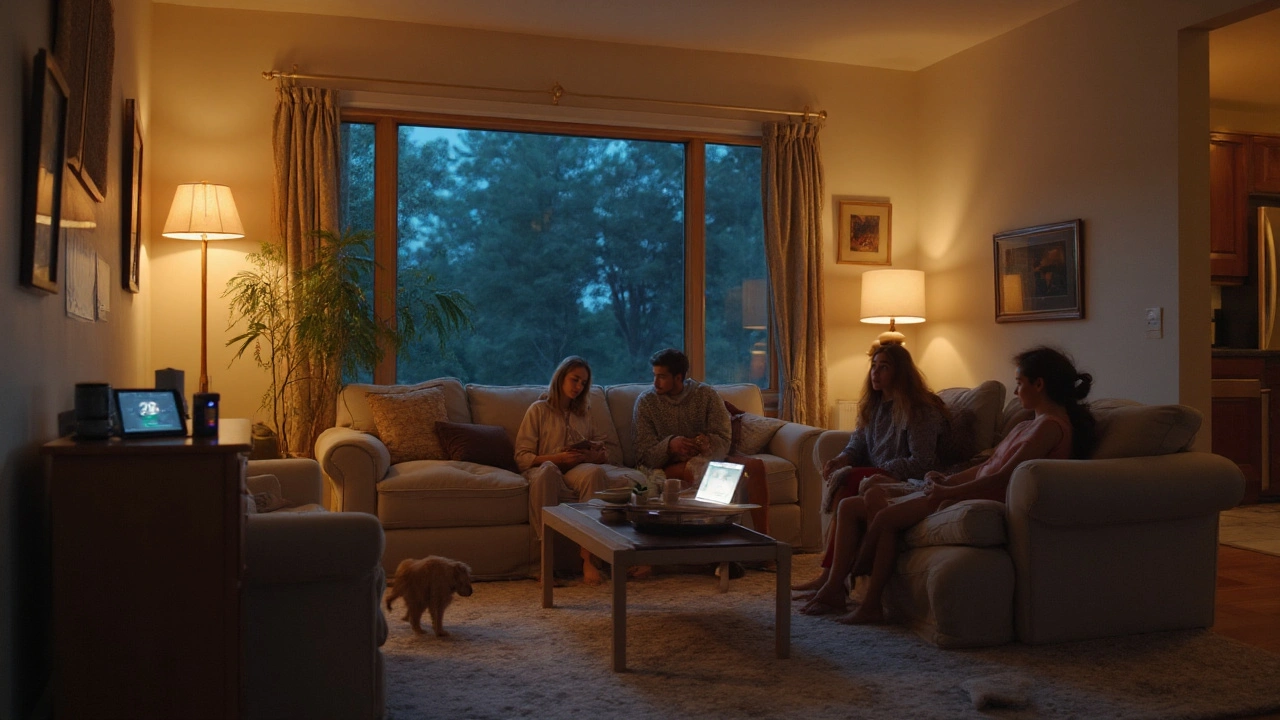Smart Home Adoption: Your Practical Guide to Getting Started
Thinking about turning your house into a smart home? You don’t need a tech degree or a massive budget. Start small, plan smart, and watch the convenience grow. Below you’ll find a clear roadmap that walks you through the basics, the must‑have gear, and the common pitfalls to avoid.
Pick the Right Network First
The backbone of any smart home is its Wi‑Fi. If your router can’t handle multiple devices, you’ll face dropped connections and frustrated gadgets. Look for a router that supports dual‑band (2.4 GHz and 5 GHz) and offers at least MU‑MIMO technology. In Canada, many homeowners swear by routers with built‑in security features like automatic firmware updates and guest networks. Set up a dedicated “smart‑home” SSID if you have many devices; that way you can isolate them from your personal phones and laptops.
Start with Core Devices
Instead of buying every smart bulb and plug in sight, focus on a few core devices that give the biggest bang for your buck. A smart thermostat learns your schedule and can shave 10‑15% off your heating bill. A doorbell camera adds security and lets you see who’s at the door from your phone. Smart speakers or voice assistants act as central hubs, letting you control lights, locks and more with simple commands.
When choosing a device, check two things: compatibility with your chosen ecosystem (Google Home, Amazon Alexa, Apple HomeKit) and the level of local vs. cloud control. Local control means the device works even if the internet drops, which is a huge plus for reliability.
Next, think about security. Change default passwords, enable two‑factor authentication on your hub, and keep firmware up to date. A lot of headlines blame smart homes for hacks, but most breaches happen because users leave default settings unchanged.
Budgeting is easier than you think. Start with a $200‑$300 spend for a thermostat, a couple of smart bulbs, a voice assistant, and a decent router. Most of the later upgrades—like smart locks or whole‑home lighting—can be added one at a time as you see the benefits.
Finally, give yourself a timeline. Week 1: upgrade the router and set up a smart hub. Week 2: install the thermostat and test daily schedules. Week 3: add lighting in high‑traffic rooms. By breaking the project into weekly chunks, you avoid feeling overwhelmed and can adjust based on what works for you.
Smart home adoption isn’t a one‑size‑fits‑all project. It’s about picking the right tools for your lifestyle, keeping the network solid, and staying on top of security. Follow this simple plan, and you’ll turn your house into a convenient, energy‑efficient home without breaking the bank or your patience.

How Many People Have Smart Home Devices in 2025? Global and Country Stats
2025 snapshot: 1.3-1.6B people live in homes with smart devices. Get global and country estimates, simple math, sources, and a fast way to size your market.
view more